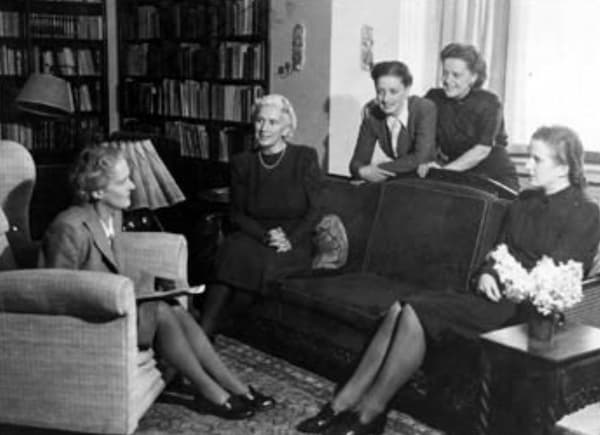These days, with the horrors that are unfolding on every continent, we look for peace. But what, exactly, might we be looking for?
Australian composer Malcolm Williamson (1931–2003) moved to London when he was in his 20s and started on his meteoric rise in the modern compositional world. He had started his studies in Australia at the New South Wales Conservatorium in Sydney and in London, built on his connections in the musical world. He studied with Elisabeth Lutyens, one of England’s most prominent composers of serialism, and with Schoenberg pupil Erwin Stein.

Malcolm Williamson
By the 1960s, Williamson was known as ‘the most commissioned composer in Britain’, writing everything from large-scale masses to operas, chamber music, ballet, concertos, symphonies, to small little children’s operas. In 1975, he was appointed Master of the Queen’s Music, then a life-tenure appointment.
As a keyboardist, he was fluent on a church organ or as a Soho nightclub pianist. When he converted to Catholicism in the early 1950s, Williamson added religious music to his many familiar genres.
In 1970 and 1971, Williamson was in the US at Westminster Choir College, where he was appointed honorary fellow and composer-in-residence. He wrote his Peace Pieces for Professor James Litton and, in it, looks at the various kinds of Peace in the world: from the personal and private to the national and political to the sublime.
He opens with Peace in Childhood. A climbing, restless gesture resolves by the end to a quiet close.
Malcolm Williamson: Peace Pieces: Book 1 – No. 1. Peace in Childhood (Tom Winpenny, organ)
Peace in Youth makes the restlessness more palpable, contrasting with dark low sounds that may just be an underlying anxiety. Finally, a church-like set of chords resolves the worries, and our youth achieves a singing peace. Or does he?
Malcolm Williamson: Peace Pieces: Book 1 – No. 2. Peace in Youth (Tom Winpenny, organ)
Peace in the natural world is taken up in the third work. Nature, red in tooth and claw, has to find its own peace – a menace creeps through the sound world. Finally, night falls, and a new peace emerges.
Malcolm Williamson: Peace Pieces: Book 1 – No. 3. Peace in Solitude (Tom Winpenny, organ)
America in the 1970s was not a place of peace; its activities in Southeast Asia were causing problems not only in the US but around the world. In his vision for Peace in America, Williamson uses the echo effect to show how an action here has an effect there. In the middle of it all, there seems to be the depiction on organ of a bombing raid (04:24), starting with the engines on the airplanes and culminating a tremendous climax where everything falls lightly through the air. We never hear them land.
Malcolm Williamson: Peace Pieces: Book 2 – No. 4. Peace in America (Tom Winpenny, organ)
Just in time for Christmas, The Wise Men Visit the Prince of Peace. It matched with the final movement, The Peace of God that Passeth All Understanding, allowing Williamson to take his peace idea both forward and back in time, to the beginning of Christianity and to its end for all believers.
Malcolm Williamson: Peace Pieces: Book 2 – No. 5. The Wise Men Visit the Prince of Peace (Tom Winpenny, organ)
Malcolm Williamson: Peace Pieces: Book 2 – No. 6. The Peace of God that Passeth All Understanding (Tom Winpenny, organ)
These are strong pieces – this isn’t peace as we know it, but peace as we have to fight to achieve it. In our private world as children and young adults, we’re beset with anger and desires – look for peace. In nature, look for peace. In politics, and perhaps especially in politics, look for peace. In your beliefs, look for peace.
For the New Year: Look for Peace.
For more of the best in classical music, sign up for our E-Newsletter


